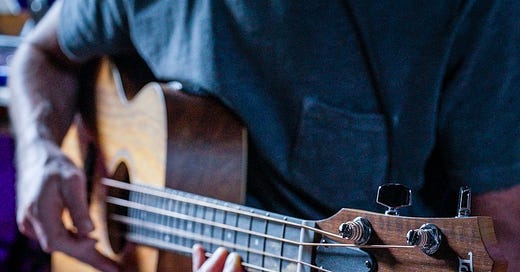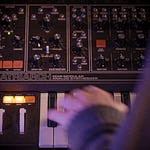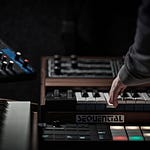This and future videos will be published on my YouTube channel, @JunkieJeffStudio. The quality is good on Substack, but if you prefer to watch on your TV, YouTube is the way to go. Just make sure to set playback to 4K.
Playback speed
×
Share post
Share post at current time
Share from 0:00
0:00
/
0:00
Transcript
Sound Study #1: Empress Taylor 🎧
New Music featuring Taylor Guitars and Empress Effects
Aug 28, 2024
Recent Posts












Share this post